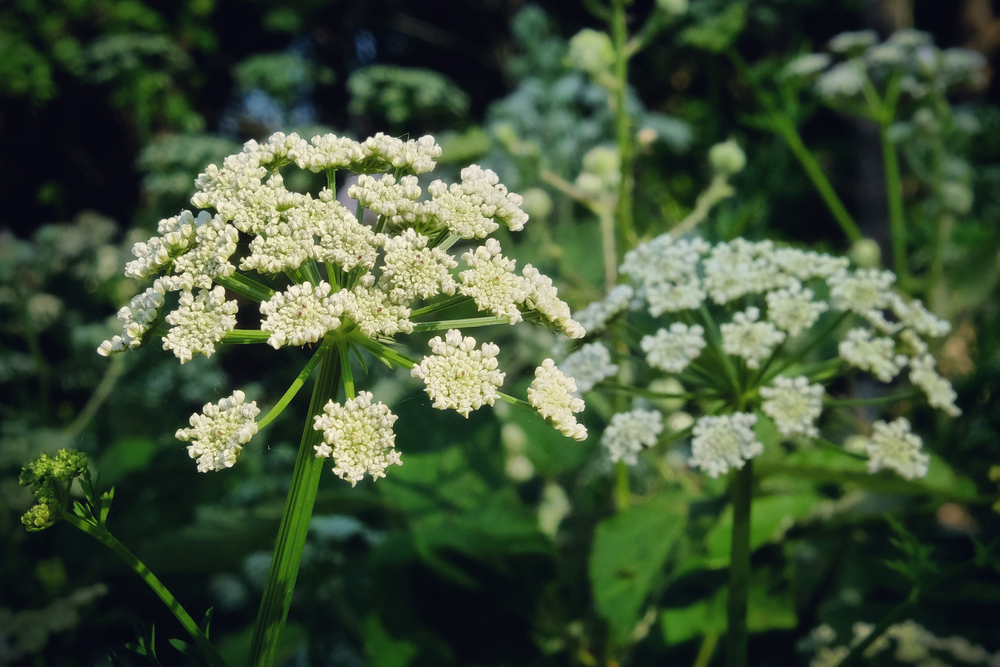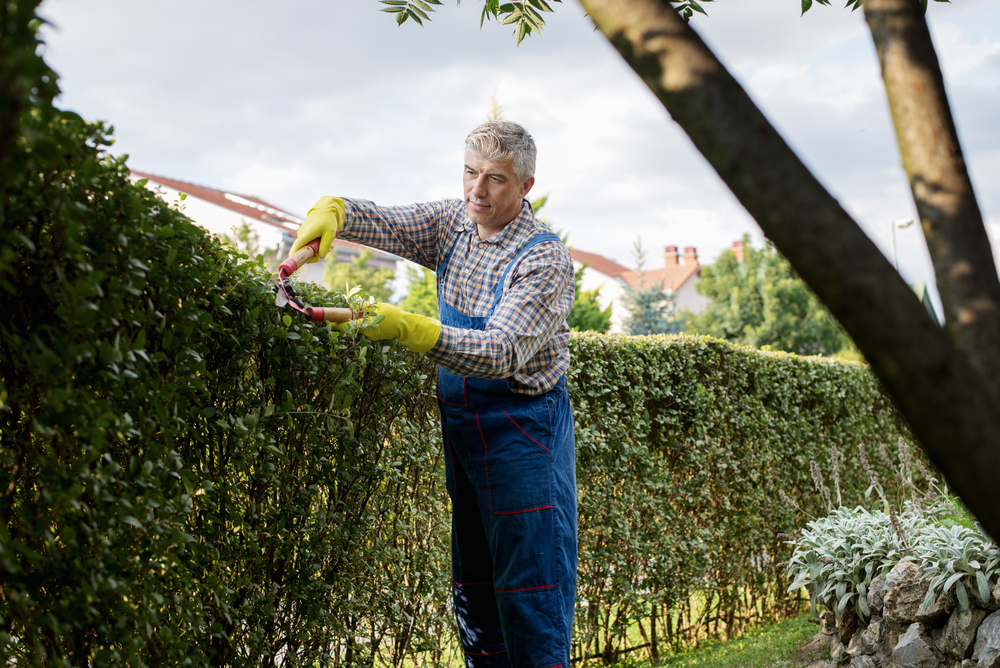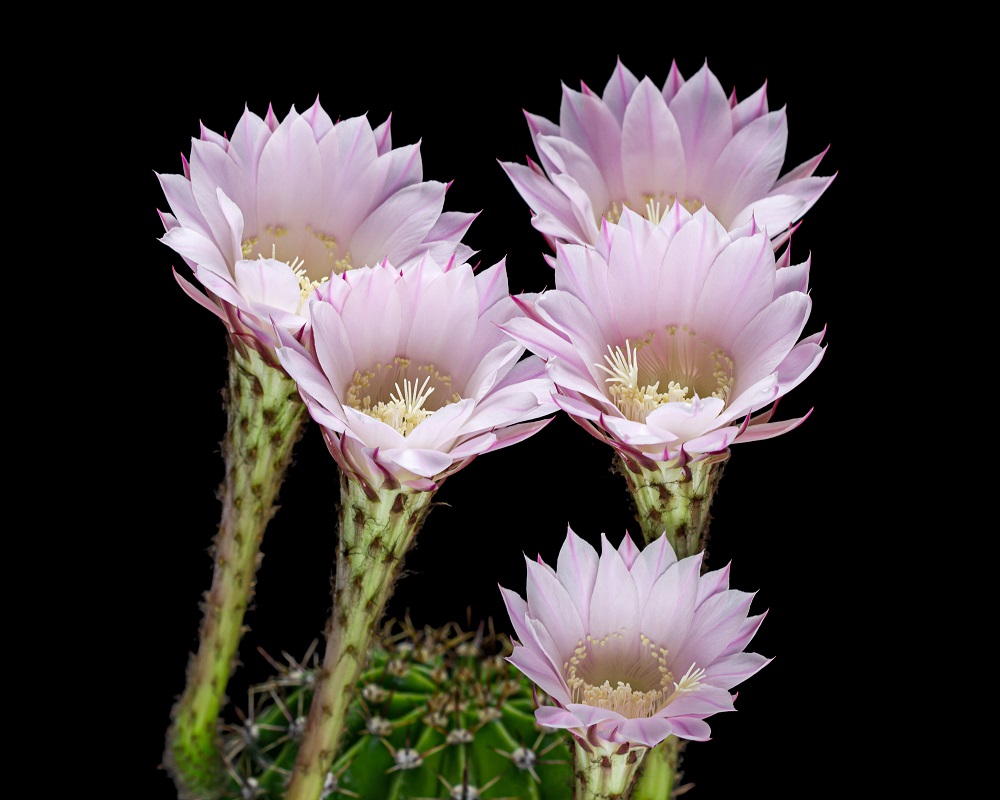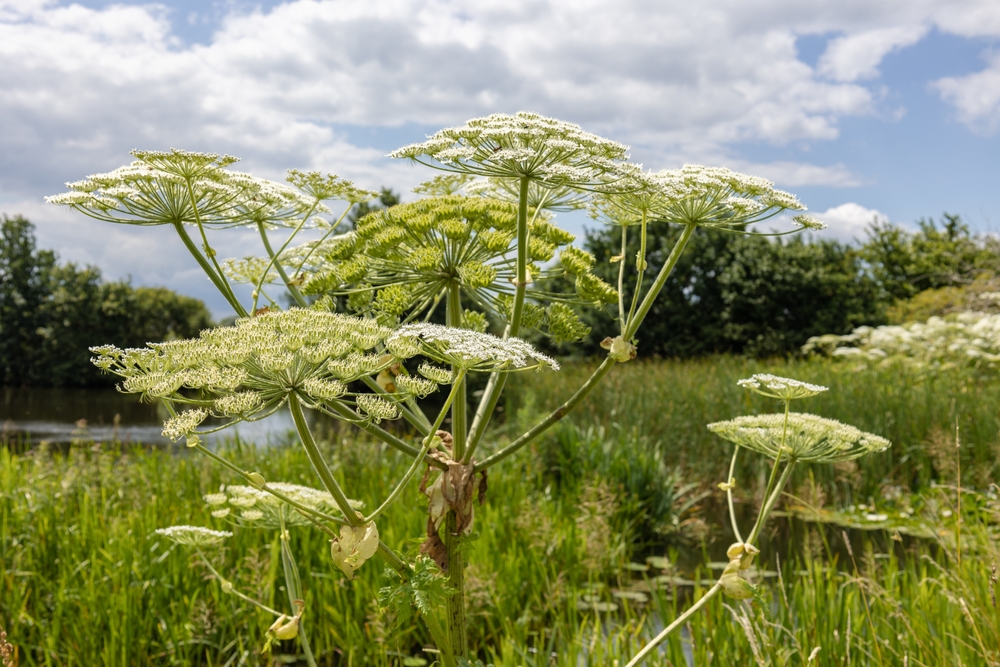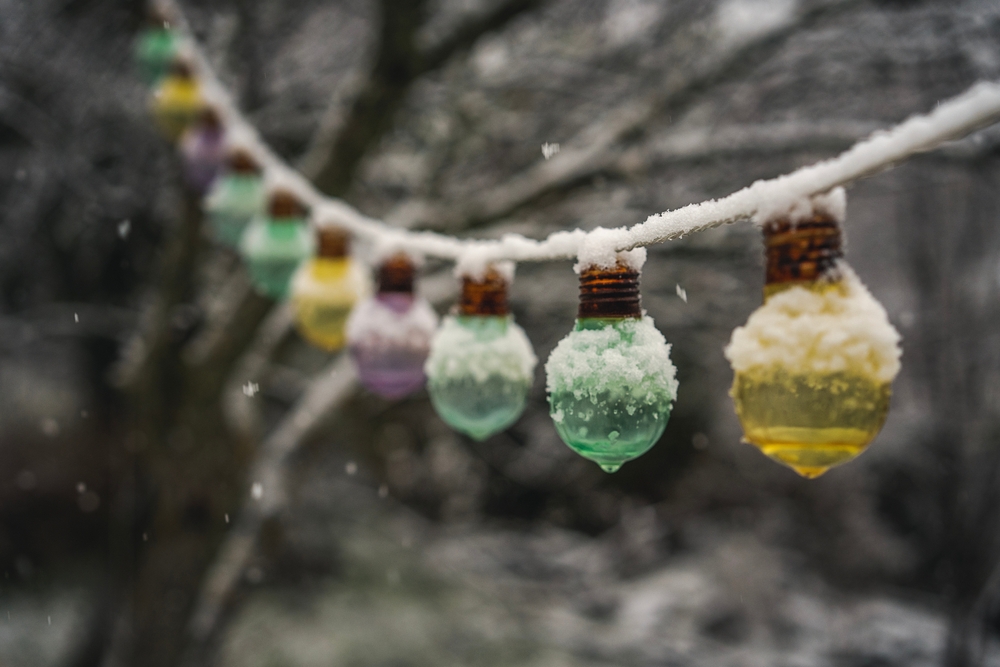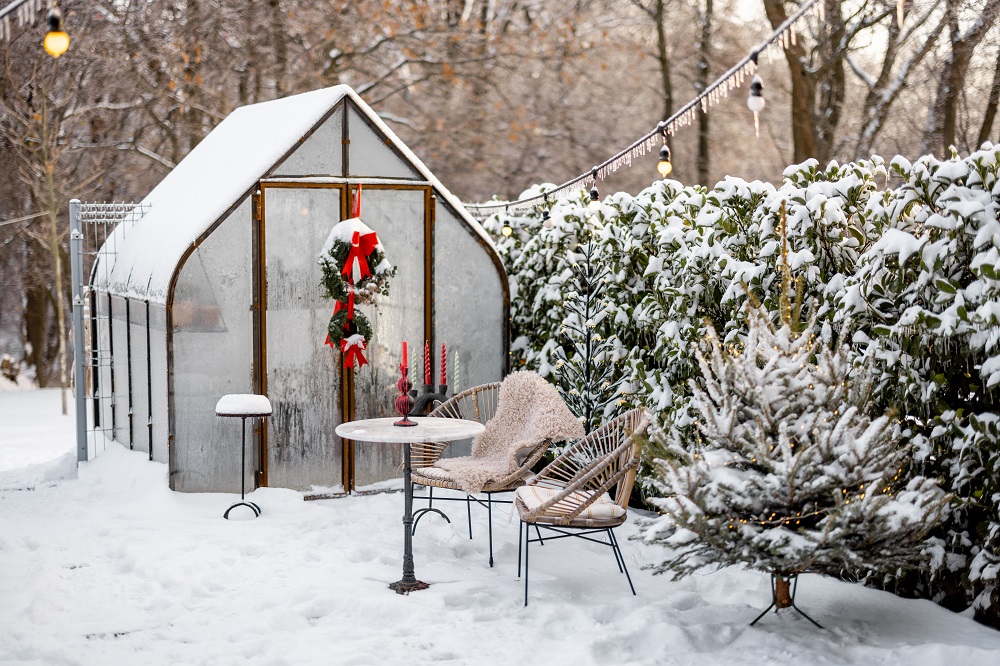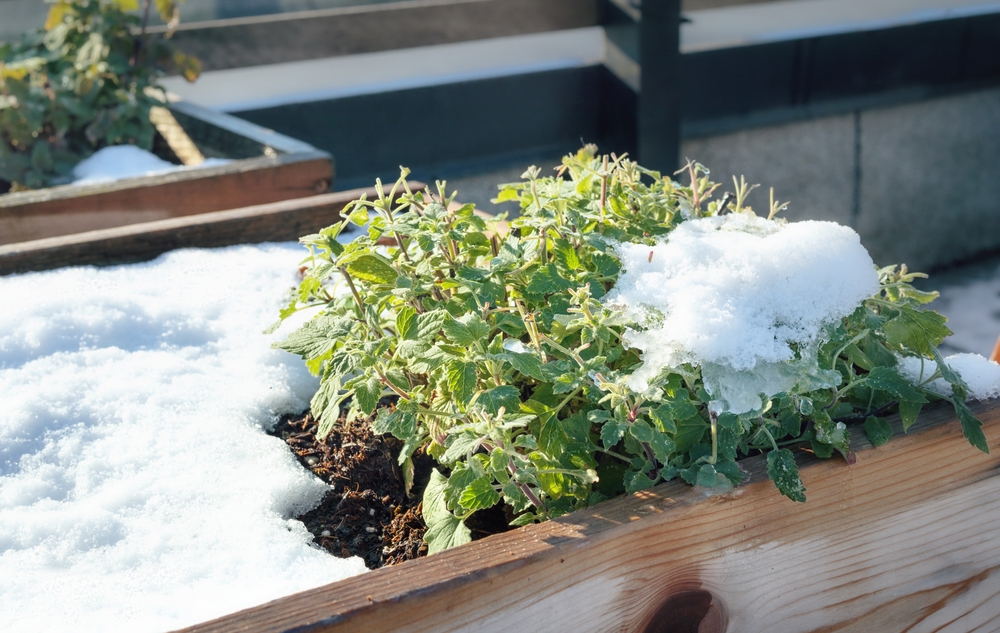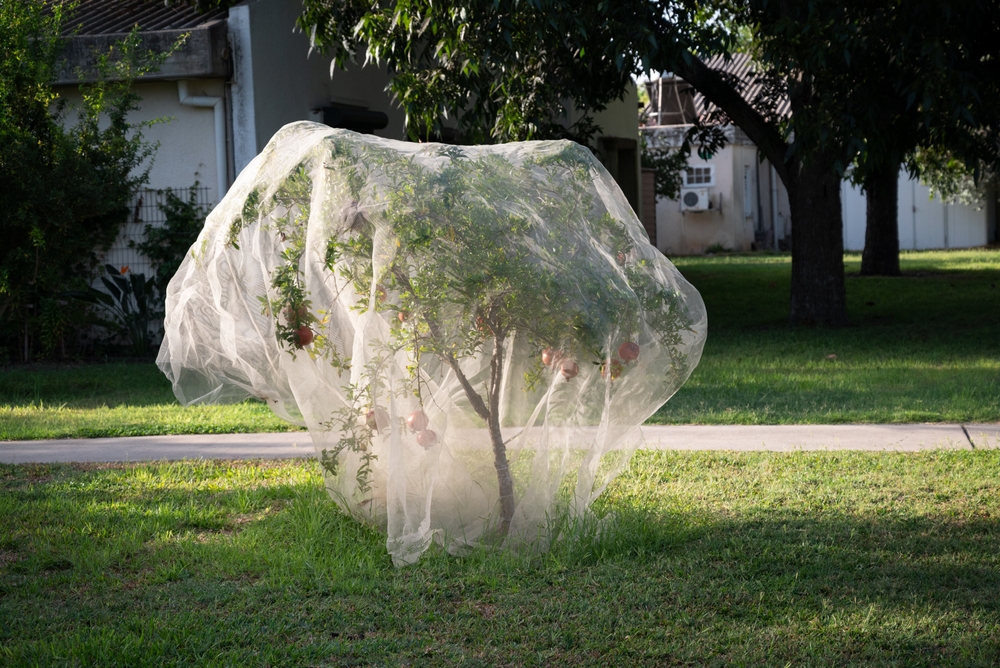Are you experiencing ant problems in houseplants? These methods will help you get rid of them!
In most childhood stories, ants are seen as hardworking and nice because all they do is try to prepare and survive the winter season. However, having them in your household might change your opinion regarding them.
Although ants usually build their nests outside, they may enter your house in search of a space to do so or, more often, in search of food. Ants are typically drawn indoors by food remnants, which can be found in an unkempt kitchen. How could they have gotten there since they don’t eat houseplants? Ants may be present in your indoor plants for two major reasons:
Ants that were either passing through the dirt or had made their nests there were inside the container you brought in from outside. Perhaps there are other bugs on your houseplants producing honeydew, which is a favorite meal of ants. The causes might be mealybugs, scales, aphids, and whiteflies.
Now, if you’re experiencing ant problems in houseplants, continue reading our article and see how you can stop them from being all over the house.
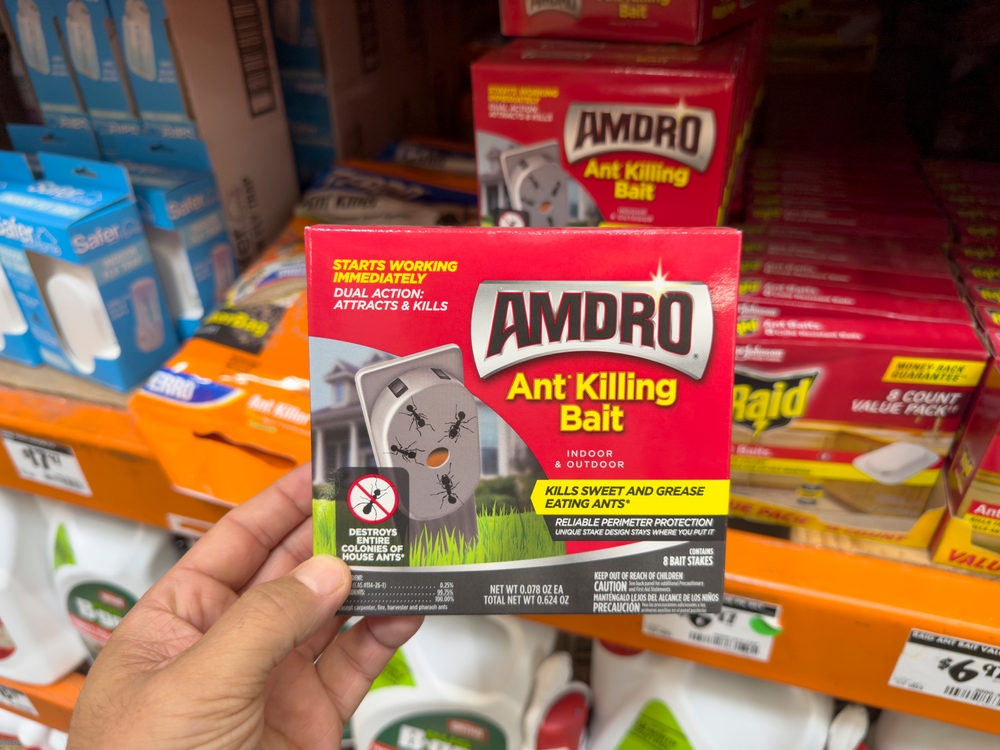
Spread some bait
If you’re dealing with ant problems in houseplants, one of the most effective things you can do is to put bait over the house. If you do this, you will for sure destroy their nest; ants are drawn to them and bring the contaminated food supply back to the nest. Before setting traps, observe the movement of ants. Place baits in the locations where you think the nest could be, as well as the paths they take.
Since I also tested this method before, I want to give you a little tip. Make sure ant baits are safe to use near children and pets by reading the label before using them. I have a very nosy dog that’s usually all over the house, so I had to protect it somehow.
Invest in baits containing avermectin B, fipronil, boric acid, or hydramethylnon as one of the active components.
Use insecticidal soap
Treating the plant directly is another option. Soak the pot in an insecticidal soap solution until the soil’s surface is completely immersed. One to two teaspoons (15 to 30 mL) of soap should be diluted with one quart (946 mL) of water. To destroy ants in the soil, let it soak for around twenty minutes. Hand-remove ants from leaves.
Try a comparable dilution of soap spray as well. To destroy ants, spray the plant and the soil’s surface. This may not be sufficient in cases of severe infestation. Try the soaking approach if the ants are still present.
Nothing works? Go for natural solutions
Coffee, for example, is super useful if you’re experiencing ant problems in houseplants. Why? Ants hate coffee grounds and will stay away from them at all costs. Add some spent coffee grounds to the soil around the plant. The roots of your plants will benefit from the additional advantage of coffee grinds!
If you don’t want to “spoil” the coffee and “throw” it to your indoor plants, then you should also try another effective method and spray clove, peppermint, or neem oil on the plants every few days.
Numerous natural oils work well as bug deterrents and pesticides. Pour a few drops of oil into a spray bottle along with approximately one cup (0.24 L) of warm water. Next, use the mixture to thoroughly spritz your plant, the soil, and the pot every few days until the infestation is eradicated. To stop further infestations, keep spraying the plant and soil.
Two more effective options are to apply citrus oil or just squeeze an orange over the soil’s surface. Not only that, ants will be absolutely disgusted by it, but you will also be thrilled with the pleasant scent your house will have after.
Keep on hand some kitchen spices too!
While the ants are going to run away as far as possible, your indoor plants will enjoy this. Your kitchen cabinets include several goods that can either eliminate or repel ants if you are concerned about using pesticides, particularly if you have children or pets.
Pepper, cinnamon, chili powder, peppermint, and baking soda are some of these ingredients. All you have to do is put a thin ring of one of these items around the base of your potted plant.
…hey you! If you also love to bake goodies, you’re definitely going to need some extra ground cinnamon in your cabinets. Be a wise shopper and order your bag from Amazon today for only $10.90. Make sure to keep this text on hand for the plant hack as well!
Create a non-toxic ant mound using contact paper
Another effective method of dealing with ant problems in houseplants is by using contact paper. This is 100% safe to use if you have pets or kids. Instead of using ant bait, wrap contact paper around your plant. The ants will become trapped as they attempt to traverse the contact paper.
What should you do? Let’s see, first create a tight-fitting contact paper ring that wraps around the base of your plant. After separating the two layers, lay the contact paper’s non-stick side down on the surface.
Place your plant exactly in the middle (on top of the adhesive side) of the contact paper ring. It could work better than you think; therefore, I would suggest changing the sticky paper once a week.

Repot your indoor plants
Repotting the plant will help get rid of an overgrown ant colony by replacing the infected soil with fresh one. With extreme caution, pull the plant from the pot with a gardening trowel. Remove any dirt that is still in the pot.
Be careful! It is also crucial to sterilize the pot after removing the soil from it. To make sure all the contaminated soil is gone, give the pot a good, thorough wash with warm (not hot) water. After using a cloth or sponge to scrub the pot’s exterior and inside with a 1:10 bleach-to-water solution, give it a quick water rinse.
Please complete this work in your kitchen or balcony so that it will be simple to swipe up any dirt that may spill. Otherwise, it might become messy.
Conclusion:
And finally, if at least two of these methods worked and your indoor plants are now free of any tenants, it’s super important to keep it like that.
Remember that ants will enter a building to build their nests if given the chance. Make sure the area around your house’s foundation is properly sealed. Any cable or foundation crack holes you notice should be blocked. Examine the interior as well. There may be openings under countertops or around windows and doors.
Additionally, make sure they won’t have an excuse to enter your house by keeping it tidy and clear of food leftovers. Even if they’re gone for now, keep an eye on your houseplants for pests that cause honeydew on them, such as aphids and scales.
Keep these tricks handy in case the ants decide to come see you again!
You may also be interested in reading about the Top Brilliant 10 Tips for Keeping Your Garden Green While Away.

